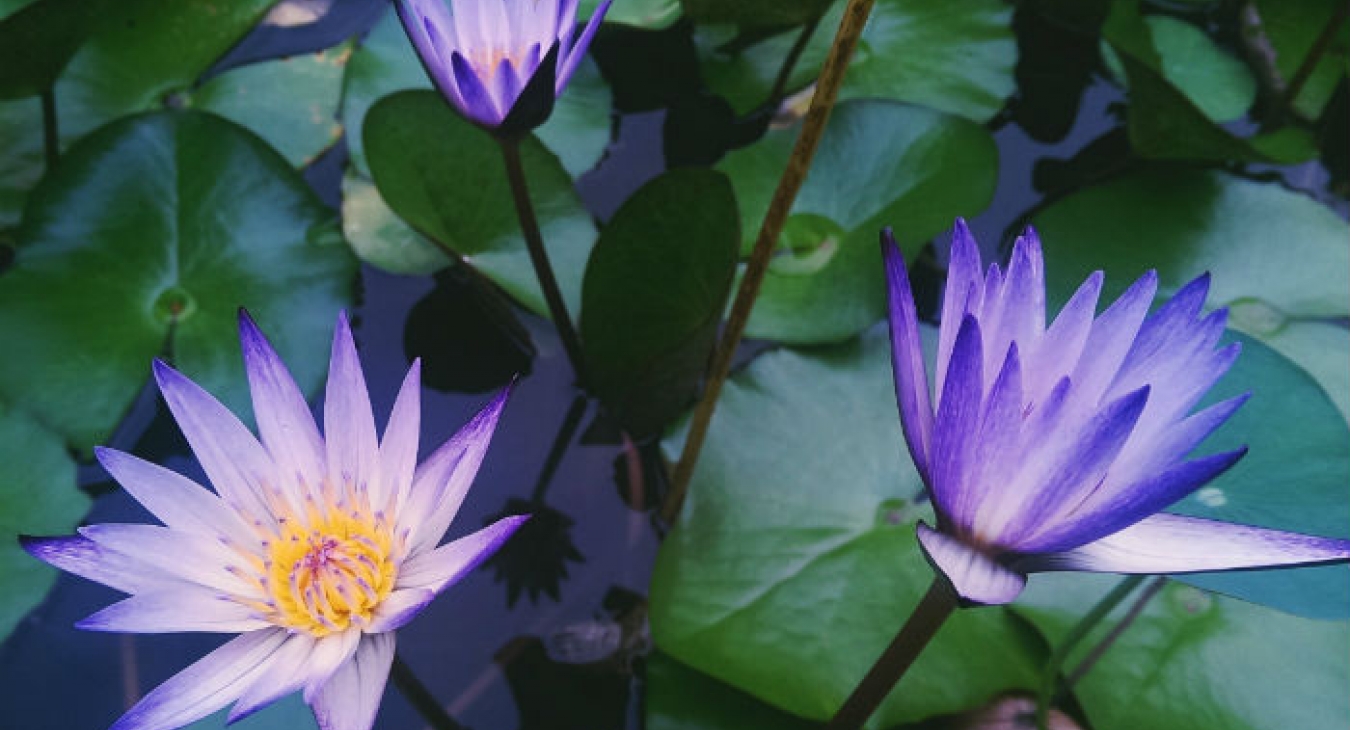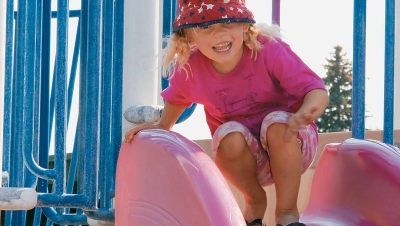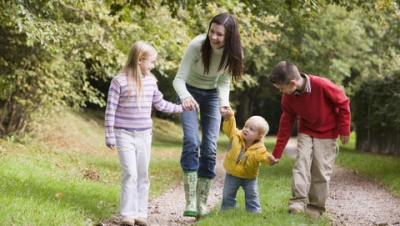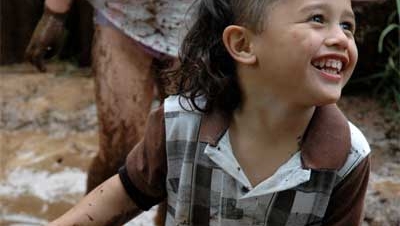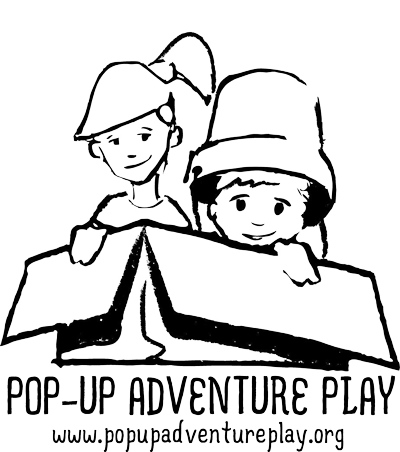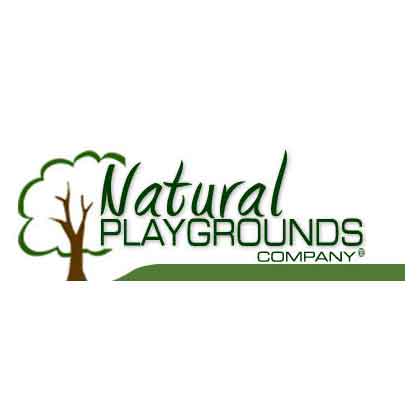Photo by Pamela Nhlengethwa on Unsplash
Making a mini pond is a wonderfully creative way of introducing young children to the wildlife in the garden. They can create a habitat for insects and small amphibians, and watch how the environment evolves over the months to follow. You can show children how to monitor, count and observe in a very simple, interactive way. They will be at home in the garden and enjoy making an interactive play environment.
Materials to make a pond
You will need a suitable, sturdy and waterproof container to make your mini pond. This can be a bucket, a half-barrel, or even a washing-up bowl. If you are planning to have your pond submerged in the soil, then you will need tools to dig a hole, slightly bigger than your container. You will need to put some aquatic plants in your pond, which will help keep it clean. Water Starwort or Water Speedwell are good varieties.
Where to place your mini pond
A mini pond should be placed in direct sunlight in order for it to flourish and grow. Aquatic plants and pondweeds require sun in order to oxygenate the water and help to keep it clean. If the plants are doing their job correctly, then the pond water won’t become stagnant. Pond safety in the garden is extremely important. Small children can drown, even in a small amount of water. If you are submerging your pond, make sure that it can be easily seen. If your pond is bigger than 50cm wide, it is a good idea to put a mesh just under the surface of the water.
Filling your mini pond
When you are filling your pond with water, you must only use rainwater. Water from the faucet has been processed and cleaned and will have a different pH from rainwater. Do not put fish in your pond, as they require plenty of space and water that is continuously oxygenated. It is a good idea, however, to put stones and gravel into your mini pond, to help wildlife gain access. It is not advised to transfer frogspawn from another pond, as this can also transfer diseases. However, you will find that wildlife will very quickly be attracted to your pond.

Creating a mini pond is an ideal project for young children, and they will be delighted to see it grow. It will encourage them to spend time in the garden and help them to develop a love of nature.

